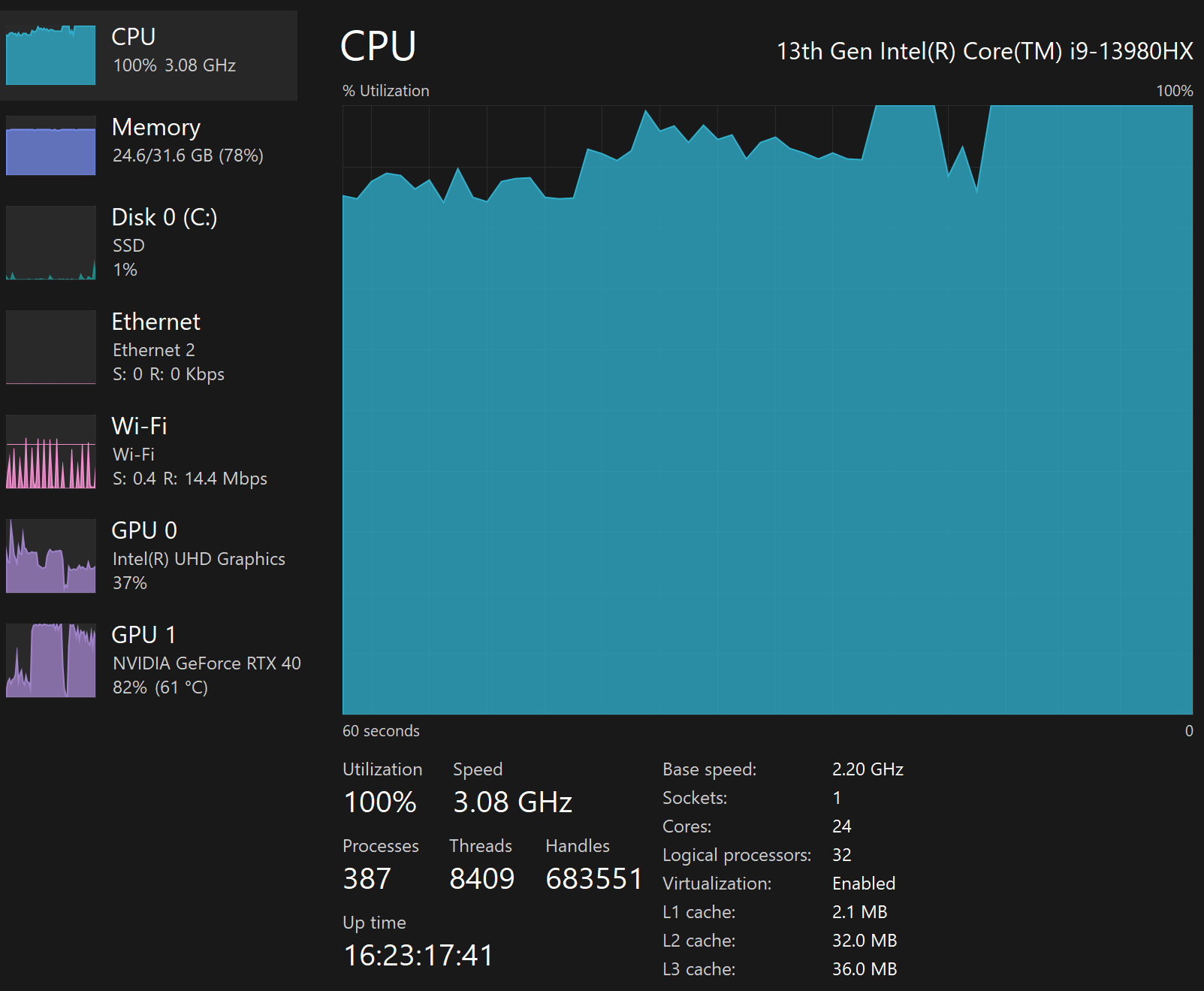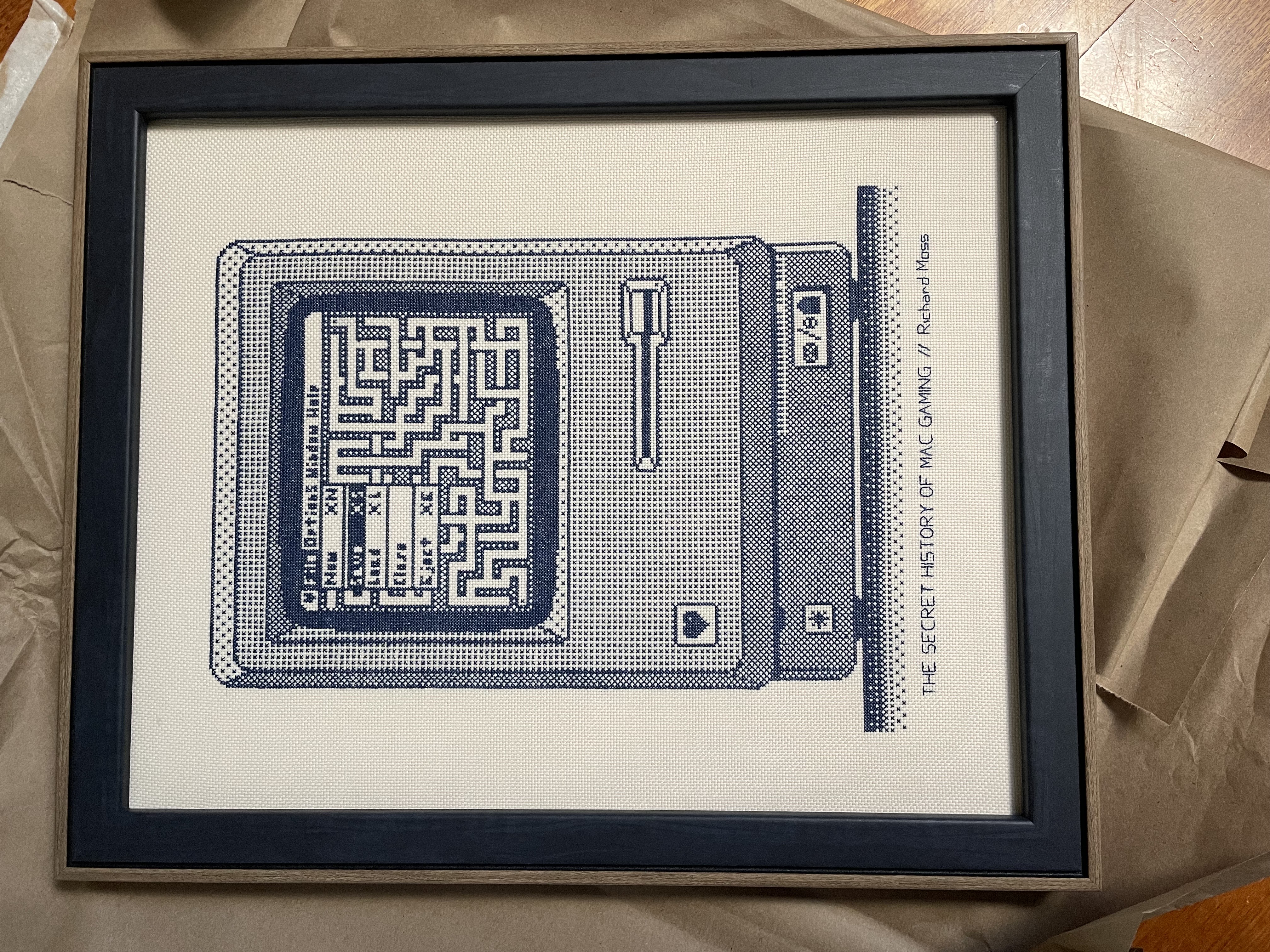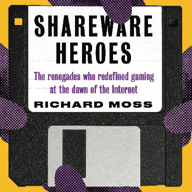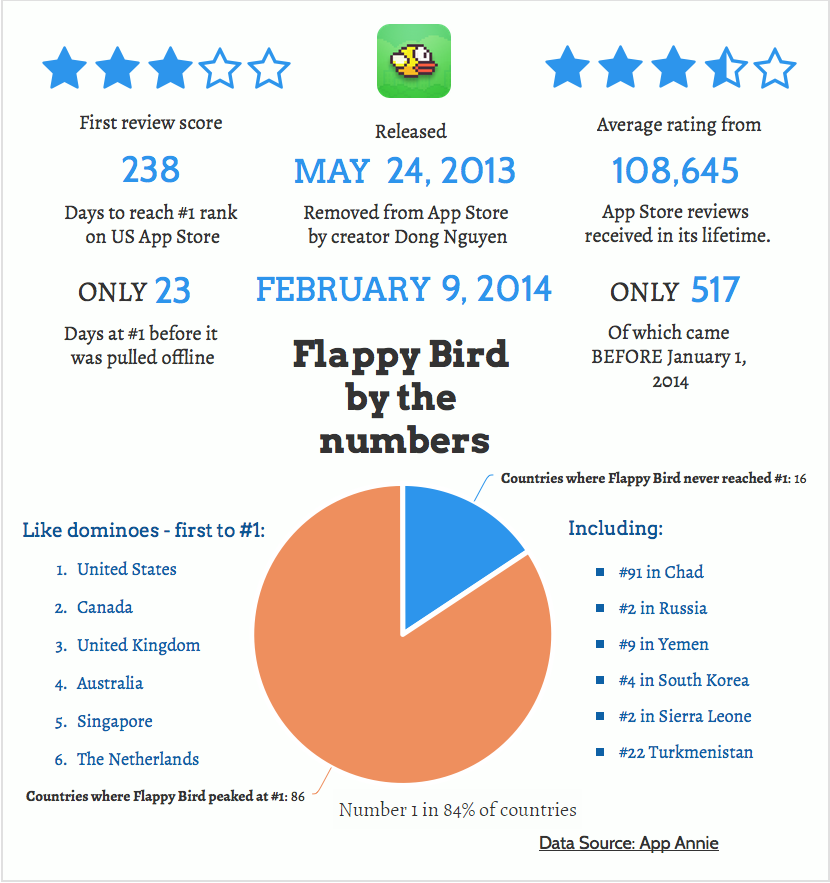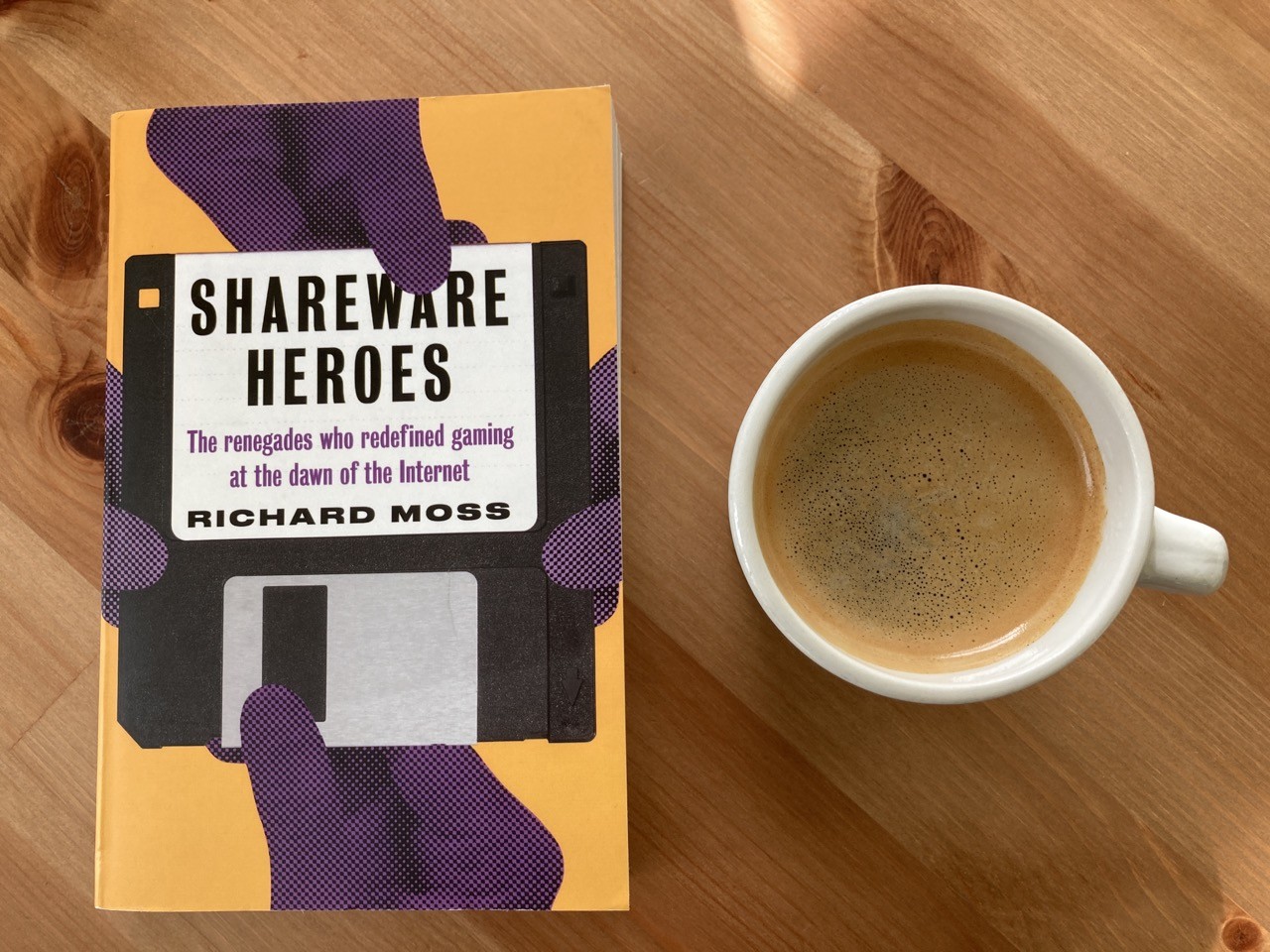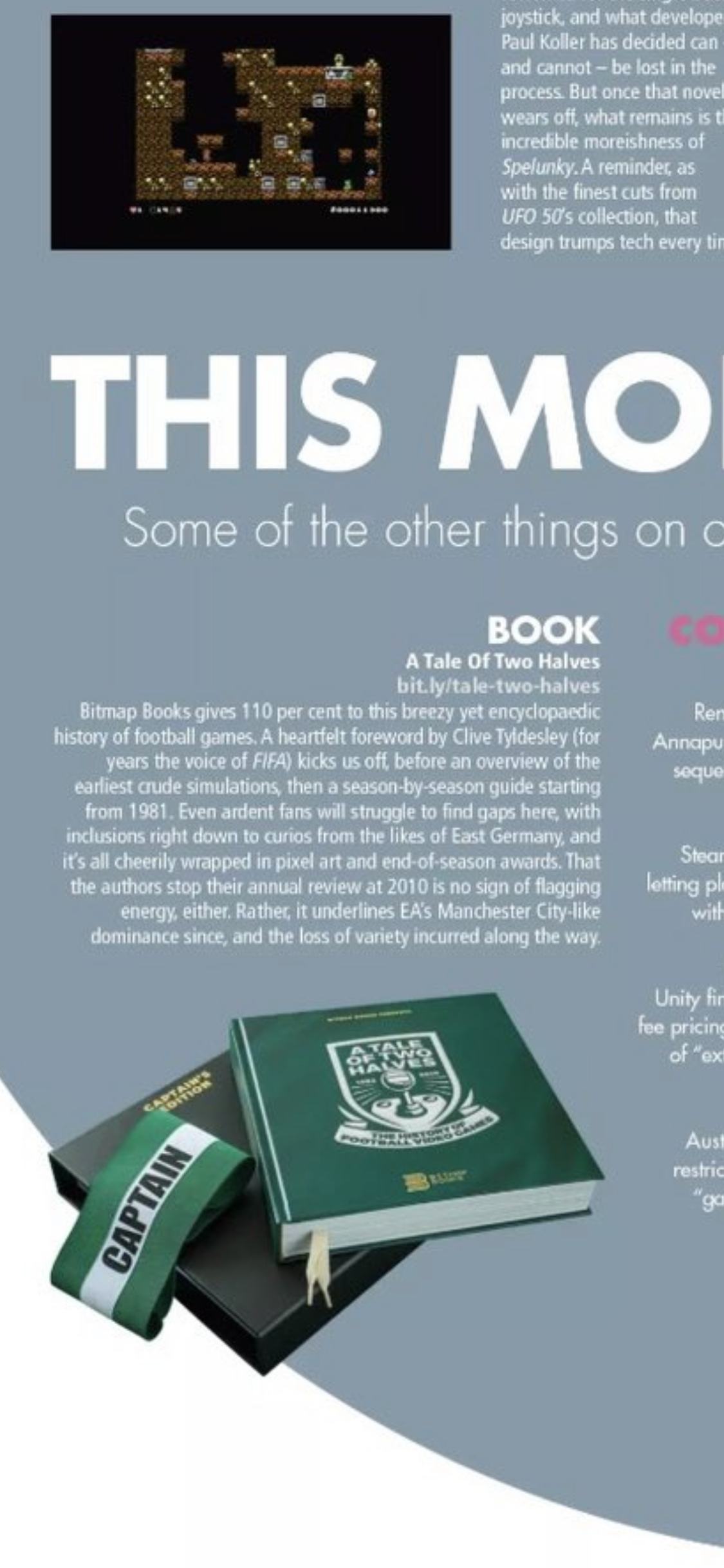
in 25+ years of retro gaming and interacting with sierra fans, i've never once seen someone mention Hoyle's Book of Games
despite its small stature, it was one of the most financially lucrative sierra titles, and spawned an entire series of games.
what makes it special is that opponents are (for the most part) characters from sierra titles, each playing in a style expressive of the character's personality. graham and rosella are friendly and not overly competitive, larry is silly and aggressive with his cards.
the dog? the dog is a real shithead.

Presumably I’m meant to conclude it’s possessed…or dying. I’m pretty amazed that it lasted this long, given I bought around 2012 as some cheap crappy thing with a dodgy power adapter from Kogan (Aussie Amazon-alike online retailer known for selling unreliable Chinese rebrands).
Having said that, though, I wonder if either the study is non-representative or a large percentage of people with comorbidities avoid leaving the house. Why? Because I’m often the only person wearing a mask when I’m out in public, no matter the venue. (And for me the risk of COVID exposure is less a concern than asthma and allergy triggers.)
thanks to @MossRC’s exceptional book Shareware Heroes, TIL that TUCOWS stood for The Ultimate Collection of Winsock Software.
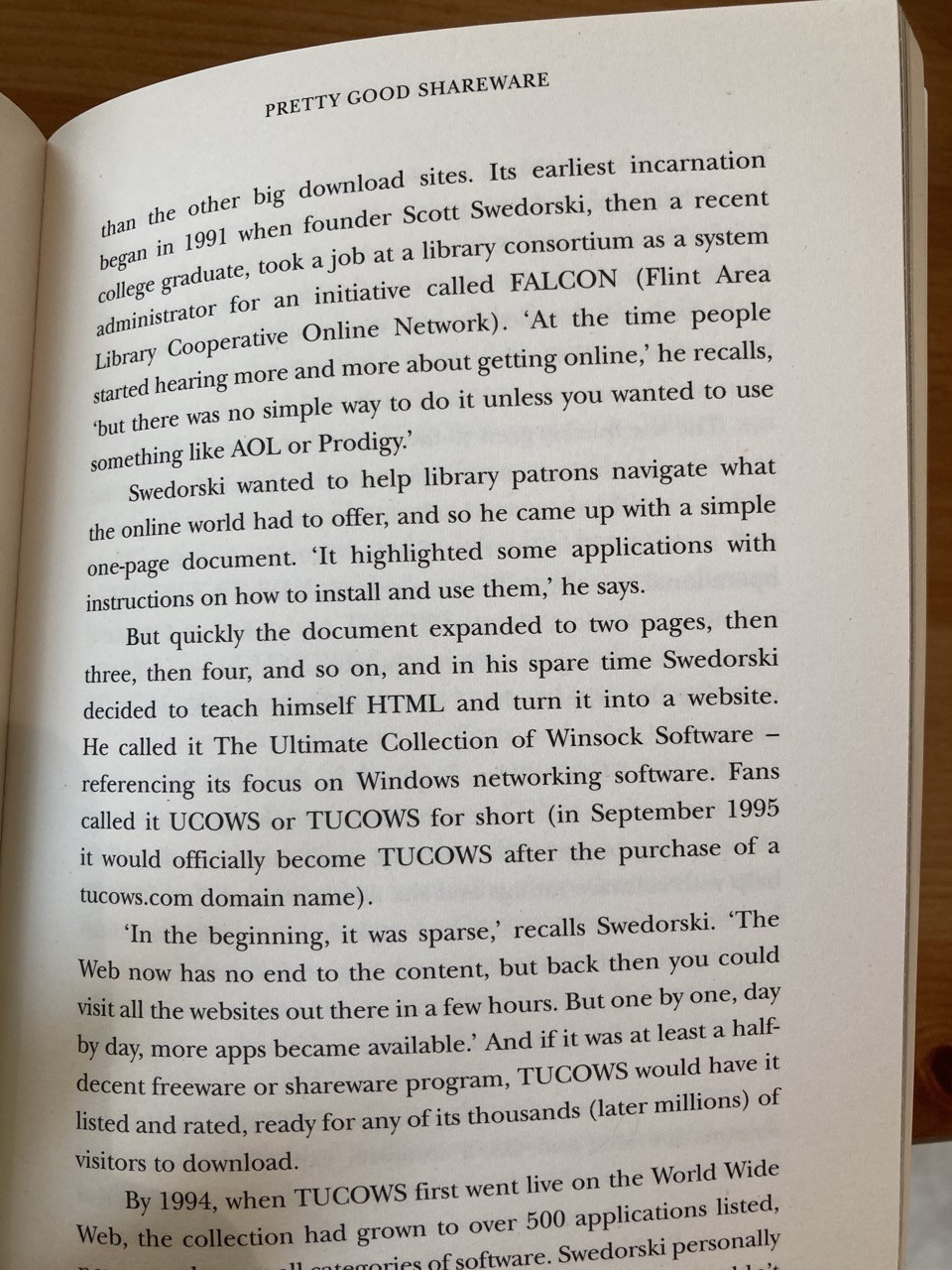
https://www.theverge.com/2024/9/12/24242791/flappy-bird-relaunch-2025-new-game-modes
Between us we've put so many fun Easter eggs and loving touches in there, so I hope it finds a big audience but even if it doesn't I'll at least be able to say I had a blast making it.
(There's also a cheaper regular edition coming out in October: https://www.bitmapbooks.com/products/a-tale-of-two-halves)
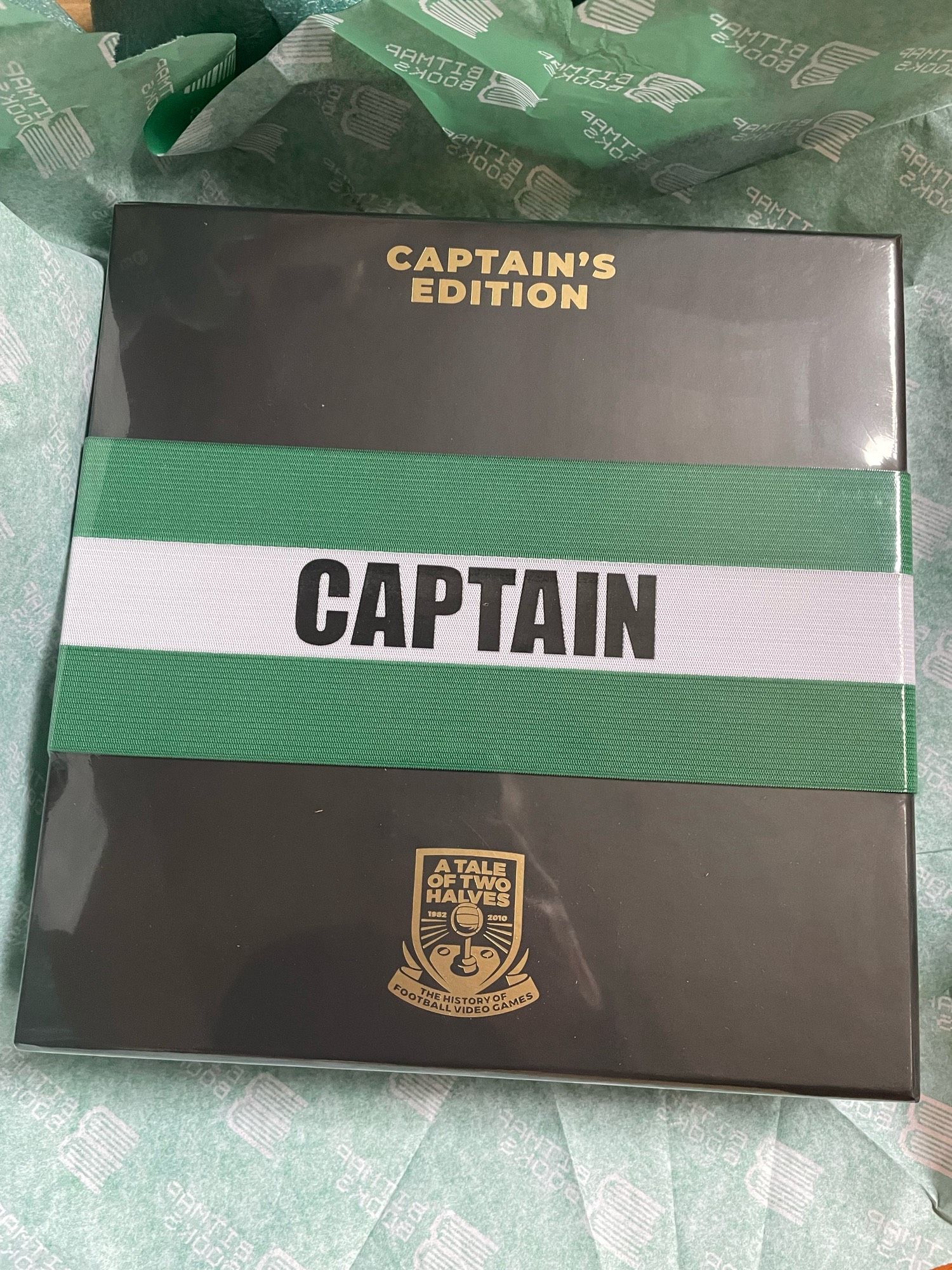
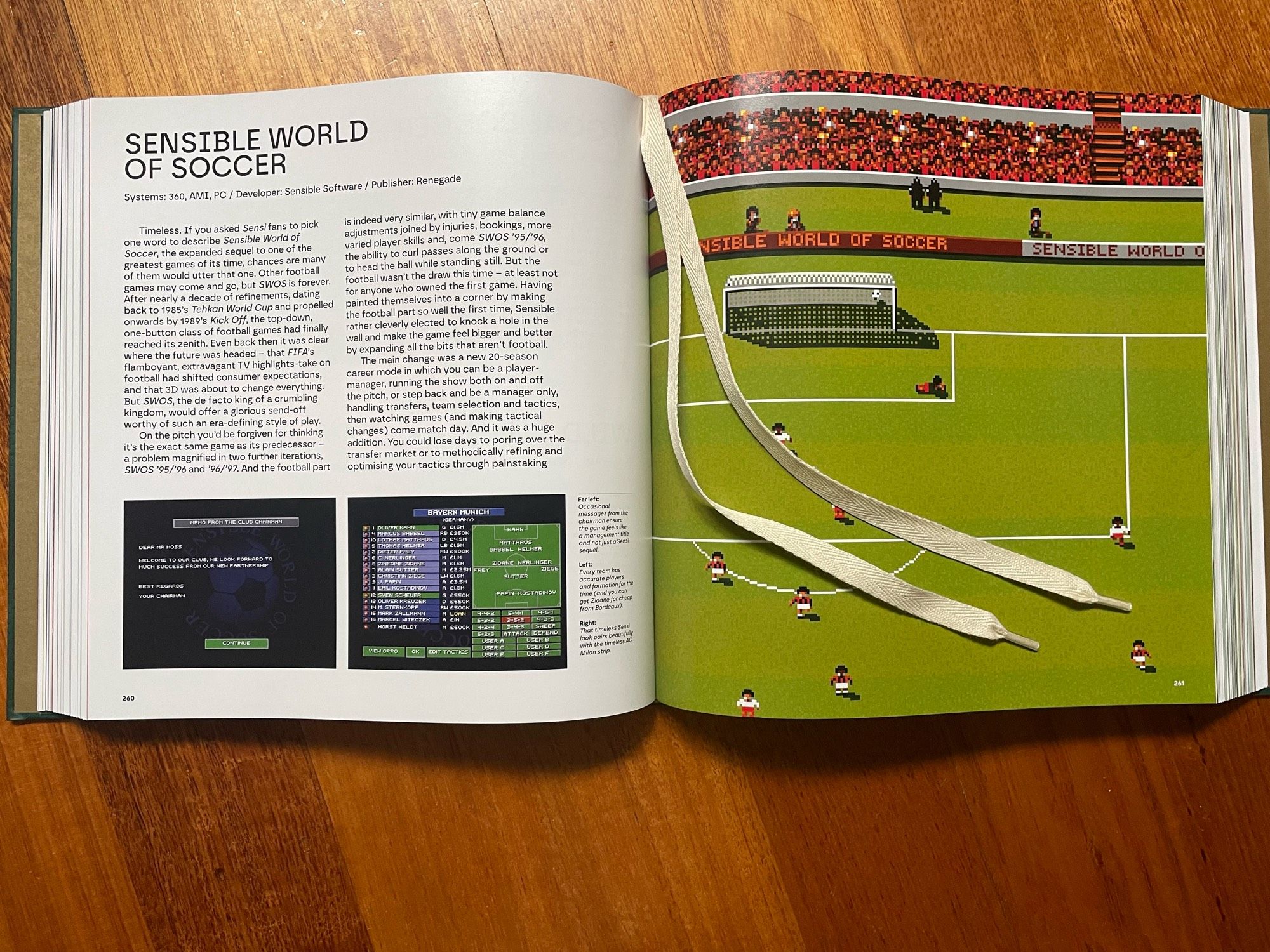
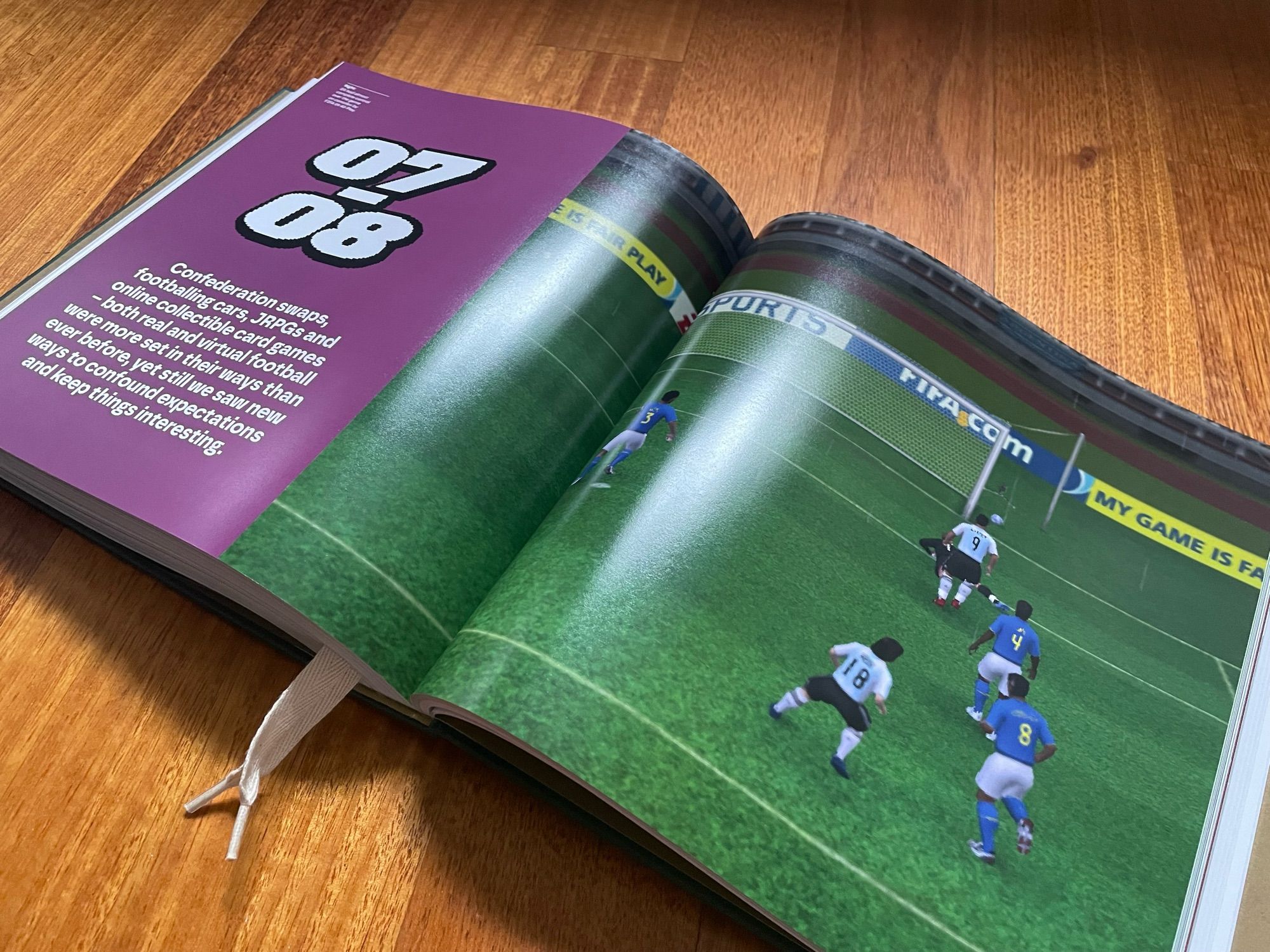
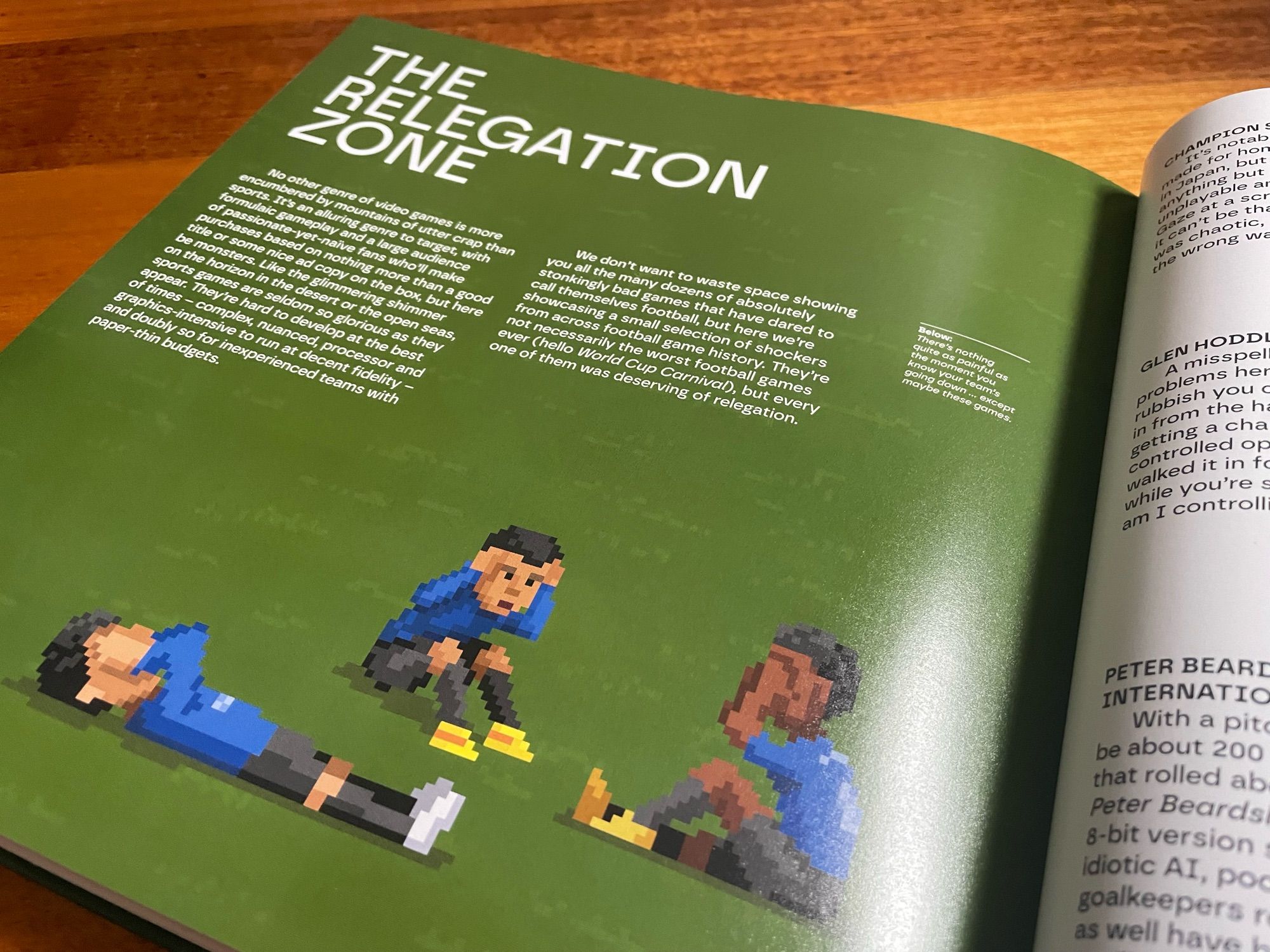
(Eventually I’ll get full ownership/publishing rights, as I did on Secret History of Mac Gaming, and then it’ll be my call, but that could potentially be years away, depending on sales.)
1) 7 out of 11 mainline TR games had a female writer on staff, including the first four. It’s sexist to insinuate men can’t write soft characters, in any case.
2) The classic TR games were made at a time when female empowerment meant “girl power”: strength, resilience, tenacity, self-assurance, all while looking great (see Buffy, Xena, Spice Girls, Dana Scully, etc). Different era, different vibe, but that never gets acknowledged in these interviews.
3) Lara always showed compassion and empathy when she came across someone innocent/hurt (which wasn’t often), and she had a vulnerable side in TR4, so it’s not fair to just blanket statement her as “cold”.
4) Lara may cry and hug and show vulnerability and do other “feminine” things now, but she’s still a mass murderer. Why hasn’t that aspect of her character been revised, too?
That stuff notwithstanding, the full interview makes for an interesting read: https://www.ign.com/articles/tomb-raider-the-legend-of-lara-croft-showrunner-tasha-huo-says-fandom-has-led-the-way
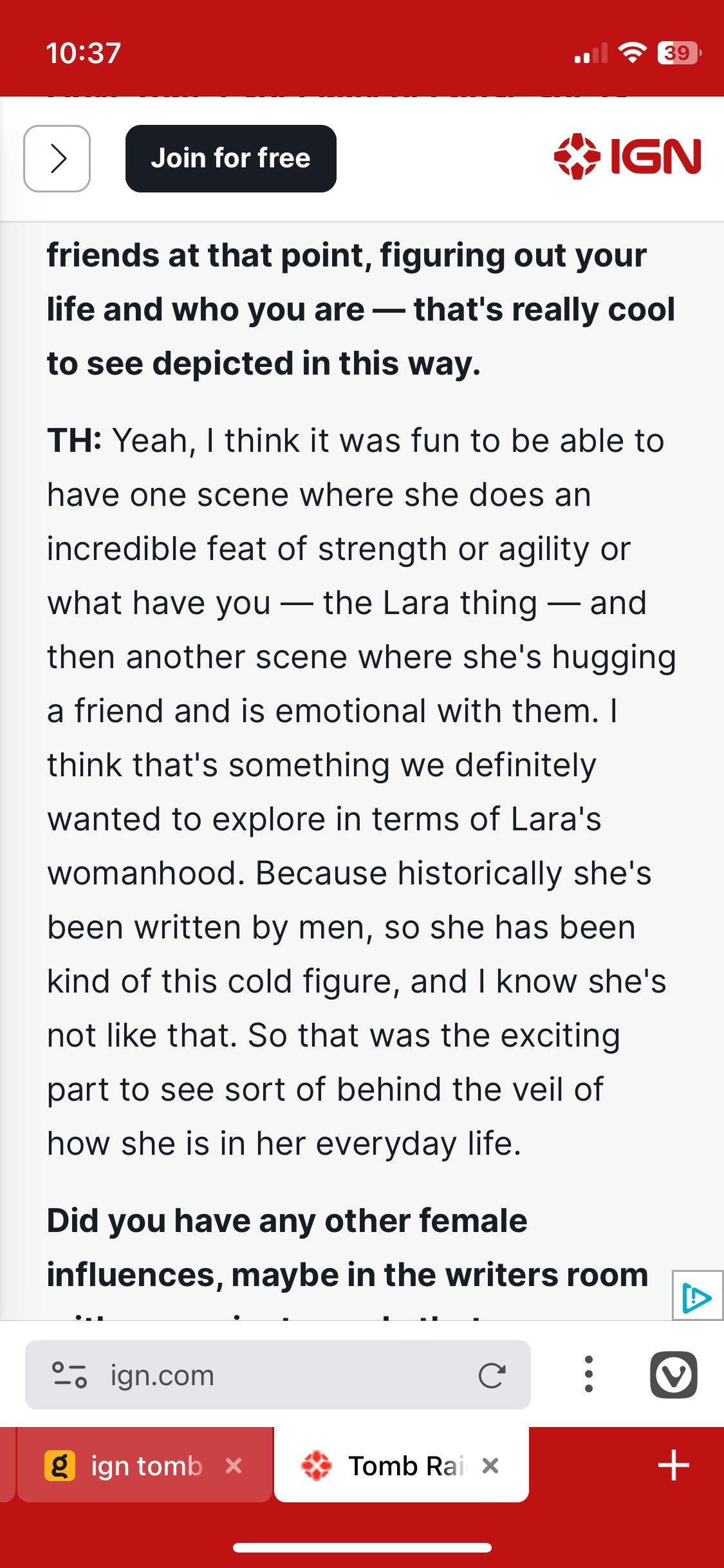
And it never really _died_; rather, the term just sort of stopped getting used. Where before we had "shareware software" and "shareware games" we instead had things sold in much the same form as "apps" (with in-app purchases and/or demo/lite versions) and "indie games".
Somewhere along the way the term became irrelevant because it became the default way to sell and distribute software and games.
